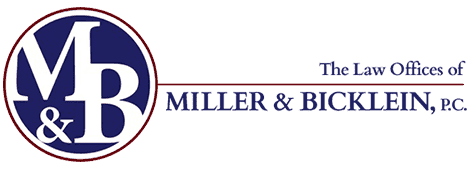For those who are of a working age in San Antonio, falls may be the last thing they view as being a threat to their safety at work. Except for those whose jobs force them to work from heights, most professionals likely believe that only children or the elderly are at risk of being injured in a fall. These people may be shocked to learn just how devastating a seemingly innocuous ground-level fall may be, and how great of a toll such accidents take on the American workforce every year.
The Centers for Disease Control and Prevention reports that as recently as 2014, workplace falls caused almost 262,000 private and public employees to miss work, and that such accidents cost $70 billion in medical costs and workers’ compensation claims annually. Most may expect the construction and extraction industries to account for the greatest number of falls, and indeed, the CDC’s data does show them to be among those occupations with the greatest potential for employee fall accidents. Yet the others might surprise some. They include:
- Healthcare workers
- Facility cleaning and maintenance crews
- Transportation workers and material movers
The common thread amongst those occupations is that those involved in them are typically active throughout their work days (and often on their feet). Thus, something as simple as a wet or slippery floor could present a serious hazard.
The responsibility falls to employers to protect their workers from such conditions. Standard Number 1910.22 created by the Occupational Safety and Health Administration clearly states that employers must ensure that all walking-working surfaces must be kept clear of hazards such as loose boards, protruding objects, leaks, spills, snow and ice. It goes on to say (among other things) that when such hazards are identified, employee access should be restricted to affected areas until they can be addressed.
